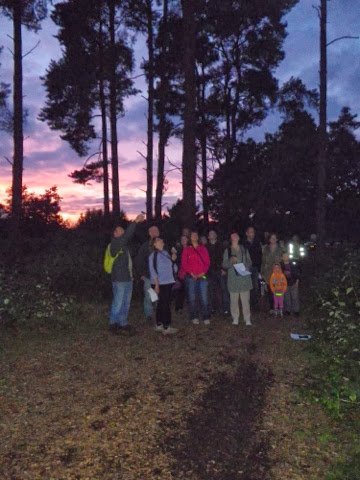This is a very labour intensive job as the footing is very wet, the reeds need to be strimmed, raked and then burnt.
JDB Contractors are also in Fugelmere Marsh felling the last of the trees next to Sandy Bay. This area was once part of the pond, but unfortunately it became filled with silt, redds grew and now it is secondary woodland. By felling the trees, scrapping back the top layer and creating watland pools we will hopefully encourage lots of exciting wetland plants and animals :D I cant wait to see what turns up!











